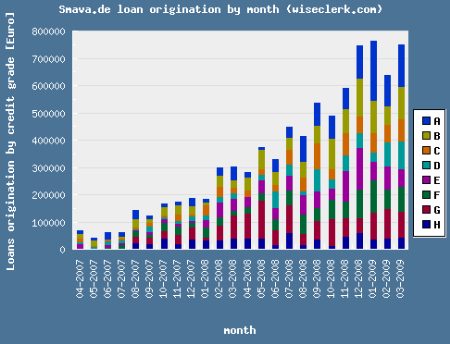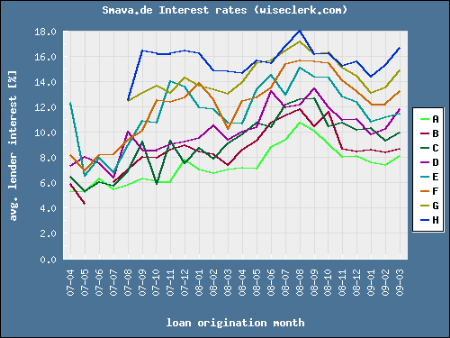Peer to peer lending is innovative and new. New users usually have lots of questions when grasping the marketplace mechanisms. Beyond the FAQ of the p2p lending service, a great place to learn is usually a forum, where users (mostly lenders) exchange experiences and post and answer questions.
There are “official” forums provided by the lending services and independent ones. One of the first ones, the official Prosper forum, became one of the most notorious ones. After Prosper “moderated” negative and critical posts it later deleted the initial forum in total. When a copied version of the forum’s archive was made available on seperate internet site Prosper tried to shut the site down, but failed.
But this is an extreme example. I found that on nearly all other forums a very helpful and supportive attitude rules.

List of p2p lending forums
General
- P2P lending forum at Wiseclerk.com
- Soclen.pl (polish language, focus on Polish p2p lending services)
- P2P-Kredite.com forum (german language, focus on Smava, Auxmoney, MYC4)
Focus on one p2p lending service
- Zopa UK (official)
- Smava (official, german language)
- Kivafriends.org (on Kiva and microfinance in general)
- MYC4 (official, mainly english, some danish)
- Lendingclubstats (on Lending Club)
- Booberwatch (dutch language, on Boober)
- Prosper (official)
- Prospers.org (on Prosper, prosper critic)
- PPdai (official, chinese language)
If I have missed any great p2p lending forum, please comment with the URL and I will add it to the above list. Thank you.
(Photo credit: wili_hybrid)

 In the Netherlands p2p lending service
In the Netherlands p2p lending service  German p2p lending service
German p2p lending service 
